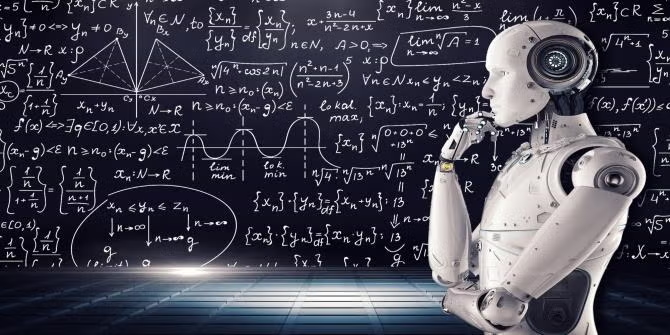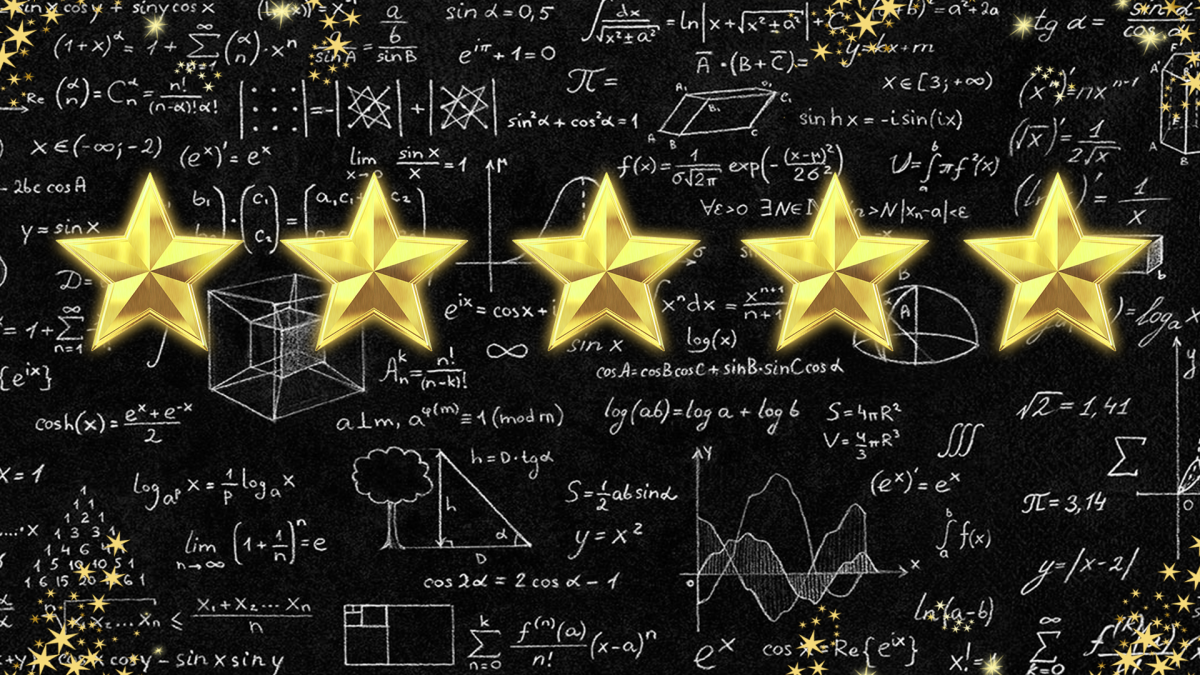Students will use solar panels to convert solar energy into electricity. This solar energy is transmitted through cables to the motor and then to the fountain. The fountain pressure increases and
Students will use solar panels to transfer solar energy to a fountain. Students will be able to explore and demonstrate the functioning of a solar energy fountain.
This lesson has students watching a baby plant and seeing what it will grow into. Students are able to compare the seedling with an adult plant, and determine how the plant cycles from seed to adult
GROWING CRYSTALS PART 1, A lesson that focuses on the different types of formation of crystalline solid, its properties and the attractive forces responsible to it during chemical bonding. It is
Students will develop and create a sail option that will propel their lego cars.
In this lesson, students will collect flower and leaf samples from around their school campus and return to the lab to conduct chromatography to separate pigments in their samples. Students will learn
Today students will design a mini golf hole. Their hole theme should be based on the inventor they researched.
In this lesson the students will apply the knowledge of thermal energy to design, build and test a container that keeps cold beverages cold.
This is lesson plan two of three in a skateboard building unit that applies Newtons Laws to skateboarding. Students will learn the parts of a skateboard, construct a simple skateboard, learn safety
Day 3 of 3 in a skateboard building unit. Student will apply Newton's law skateboarding, deconstruct and construct a basic skateboard, learn basic safety and outdoor riding rules.
This is lessons 4-6 in the Basic Handling Unit. This unit culminates in the Attitude Test in which students apply all of the Handling lessons to an actual flight. This is three short lessons (2-5
This is lesson 7 of 8 Basic Handling Lessons. This unit culminates in the Attitude Test in which students apply all of the Handling lessons to an actual flight. This is a 3 minute flight simulator
This is lesson 8 of 8 Basic Handling Lessons. This is the culmination Attitude Test in which students apply all of the Handling lessons to an actual flight. This is a 3 minute flight simulator lesson
Potential and kinetic energy. Newton’s Second Law of Motion Transformational energy The history, types, and functions of water wheels Renewable energy? Calculating rate of revolution Sketch and design
Review of Newton’s Laws of Motion Review of potential and kinetic energy. Review of transformational energy. How does mass impact kinetic energy? What is a chain reaction? What is a Rube Goldberg
In this first part of a three part unit, students explore the phenomenon of an LED light and a coin battery. They will discover the difference between a closed and open circuit, using a STEM journal
Students will use a kid friendly online CAD modeling program to create a car design. Students will then carve their car using floral wet foam, wheels and axels to race in the derby.
This lesson is a continuation of lesson 1. Students will learn about Newton's Laws of motion and apply those concepts to their car designs.
This is a continuation of lesson 1 and 2. Students will learn about kinetic vs. potential energy and apply that knowledge to their car designs.
This is a continuation of lessons 1, 2 and 3. Students will test their cars for distance and speed. Students will add weight to the car and test for distance and speed again to determine if their car
The challenge is for students to send a secret Morse Code message. This lesson has three parts: learning about Morse Code, understanding how radios work, and programming a Micro:Bit to send Morse Code
Students learn the history of rocketry, and the science behind rockets, and then design, build, and launch bottle rockets with compressed air and water.
This lesson is an introductory lesson to our unit of Human Impact on the Environment. Students will look at Greenhouse Gases and see how they effect the temperature at the Earth's Surface. This is a
Featured Lesson Plans
Check out these notable lesson plans.

Data Science Inquiry: Me and We
This engaging lesson is the 2nd lesson in a series of 2 focused on data science inquiry. Students use their My Data Portraits from Lesson 1 for data collection, analysis, presentation, reflection and

Quail Farming
Students will learn about the three pillars of sustainability through their quail farm. They will incubate, raise and restock their quails in order for them to be sustainable regardless of what

Ozobot Karaoke
In this lesson, students will combine the fields of coding and robotics with music to program an Ozobot to "sing" a familiar song. Students will learn about music concepts such as notes and octaves


